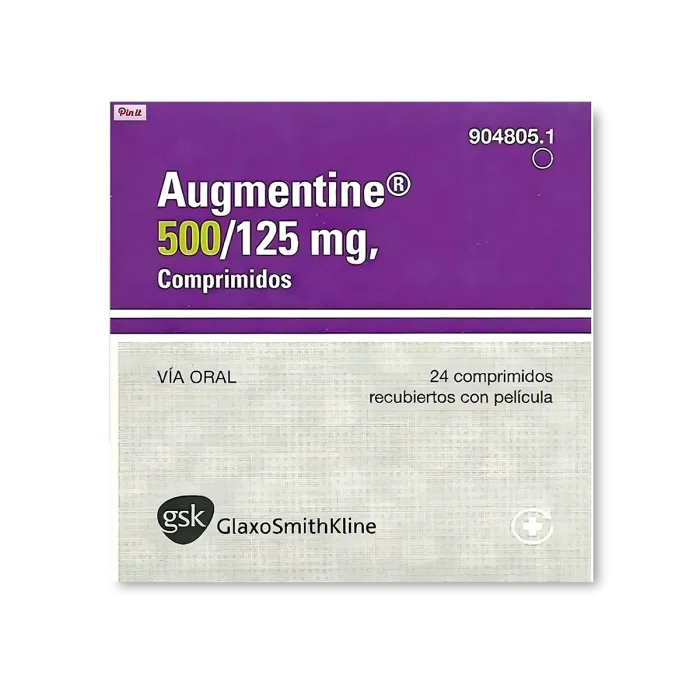Pelvic Inflammatory Disease (PID) is a serious infection affecting the female reproductive organs, including the uterus, fallopian tubes, and ovaries.
Recognizing the signs of PID in women is important for timely diagnosis and treatment to prevent potential complications.
Pelvic pain, abnormal vaginal discharge, and discomfort during urination or intercourse are some common symptoms of PID in females.
However, it is essential to know that these signs may vary in individuals.
Let us proceed with this article and explore everything about the signs of PID in female for better reproductive health.
What is Pelvic Inflammatory Disease (PID)
Pelvic Inflammatory Disease (PID) typically occurs when bacteria from the vagina spread upward into the reproductive organs, causing inflammation.
PID in females primarily develops due to untreated or inadequately treated Sexually Transmitted Infections (STIs) such as Chlamydia and Gonorrhea.
Multiple sexual partners, a history of STIs or PID, douching, and the insertion of Intrauterine Devices (IUDs) without proper sterilization are other risk factors that contribute to PID.
Furthermore, having sex when young raises the chance of developing PID.
This condition can lead to various complications, including chronic pain, infertility, and Ectopic pregnancy.
Therefore, early recognition and treatment of PID are important to prevent long-term health issues.
Save up to 90% on your medicine bills

Augmentin 500/125 Mg

Azax 500 Mg

Cephadex 500 Mg

Norflox 200 Mg
Symptoms and Signs of PID in Female
 Source: Signautre_image
Source: Signautre_imagePelvic Inflammatory Disease develops through various symptoms and signs, often minute yet vital indicators of underlying health concerns.
Common PID symptoms include abdominal pain, particularly in the lower abdomen, which may range from mild discomfort to severe cramping.
Additionally, many women experience abnormal vaginal discharge, often with an unusual odor or coloration.
Painful urination or increased urinary frequency are also frequently reported symptoms.
Other notable PID symptoms in women include irregular menstrual bleeding or spotting between periods, as well as pain during sexual intercourse.
Some women may notice fever or chills, indicating an inflammatory response within the body.
To learn more about Pelvic Inflammatory Disease and Chlamydia,Read “Chlamydia and PID: Understanding the Correlation”.
Treatment Options for PID in Females
Pelvic Inflammatory Disease (PID) requires immediate treatment to prevent complications.
Antibiotics are commonly used to treat various infections. They are typically administered either orally or intravenously.
The antibiotic choice depends on the infection’s severity and individual patient factors.
Additionally, your sexual partner(s) may need treatment to prevent reinfection.
In severe cases or when complications arise, surgical intervention may be necessary.
It’s important to complete the course of antibiotics your doctor prescribes, even if symptoms of PID improve.
Follow-up care is essential to monitor treatment responses and prevent recurrence.
For further information regarding Pelvic Inflammatory Disease treatments, read Exploring Pelvic Inflammatory Disease Treatments
Conclusion
PID is a severe infection that affects the female reproductive system.
It is caused by bacteria that cause inflammation and potential damage.
Signs of PID in females include lower abdominal pain, abnormal vaginal discharge, painful urination, and irregular menstrual bleeding.
Sexually transmitted infections (STIs) are the main cause of PID in females.
Multiple sexual partners, a history of STIs or PID, douching, and the implantation of Intrauterine Devices (IUDs) without proper sterilization are other risk factors that contribute to PID.
PID requires immediate treatment with antibiotics, given orally or through an IV.
If you experience any of these symptoms, seeking immediate medical evaluation and treatment is important for achieving optimal health outcomes.

Frequently Asked Questions
Is PID curable in females?
Yes, PID is curable in females with immediate and appropriate treatment. Antibiotics are commonly prescribed to treat PID.
It’s essential to complete the full course of antibiotics as your healthcare provider directs, even if symptoms improve.
Follow-up care is important to monitor treatment response and prevent recurrence.
Are there any home remedies or self-care measures for managing PID symptoms?
No, home remedies or self-care measures aren’t sufficient to treat PID. Immediate medical attention is important to prevent complications.
However, practicing safe sex, avoiding douching, and maintaining good hygiene can help prevent PID.
If you suspect PID symptoms, seek professional medical advice immediately.
Can PID cause urinary symptoms, such as pain or frequency?
Yes, PID can cause urinary symptoms like pain or increased frequency.
Inflammation from PID can affect nearby organs like the bladder, leading to discomfort or changes in urination patterns.
If you experience these symptoms along with others associated with PID, it’s important to seek medical evaluation and treatment immediately.
Can PID symptoms vary depending on the underlying cause or type of infection?
Yes, PID symptoms can vary based on the cause or type of infection.
Common symptoms include abdominal pain, unusual vaginal discharge, pain during urination or intercourse, and irregular menstrual bleeding.
However, specific symptoms may differ depending on the bacteria involved and the severity of the infection.
What should I do if I suspect I have symptoms of PID?
If you suspect you have symptoms of PID, seek medical attention immediately.
Contact your healthcare provider or visit a clinic for evaluation and diagnosis.
Early detection and treatment are important to prevent complications and protect your reproductive health.
Don’t delay seeking help if you’re experiencing symptoms associated with PID.
Cheap Medicine Shop only refers to credible, authoritative sources for our content. If you’re curious about how we ensure the integrity of our content, we encourage you to read our Content Information Policy.














